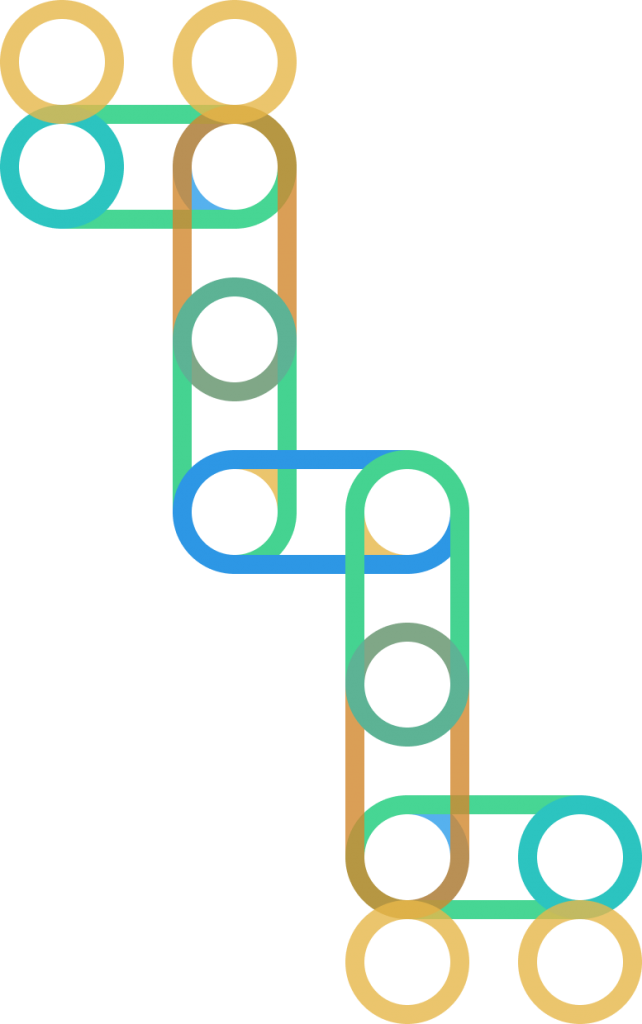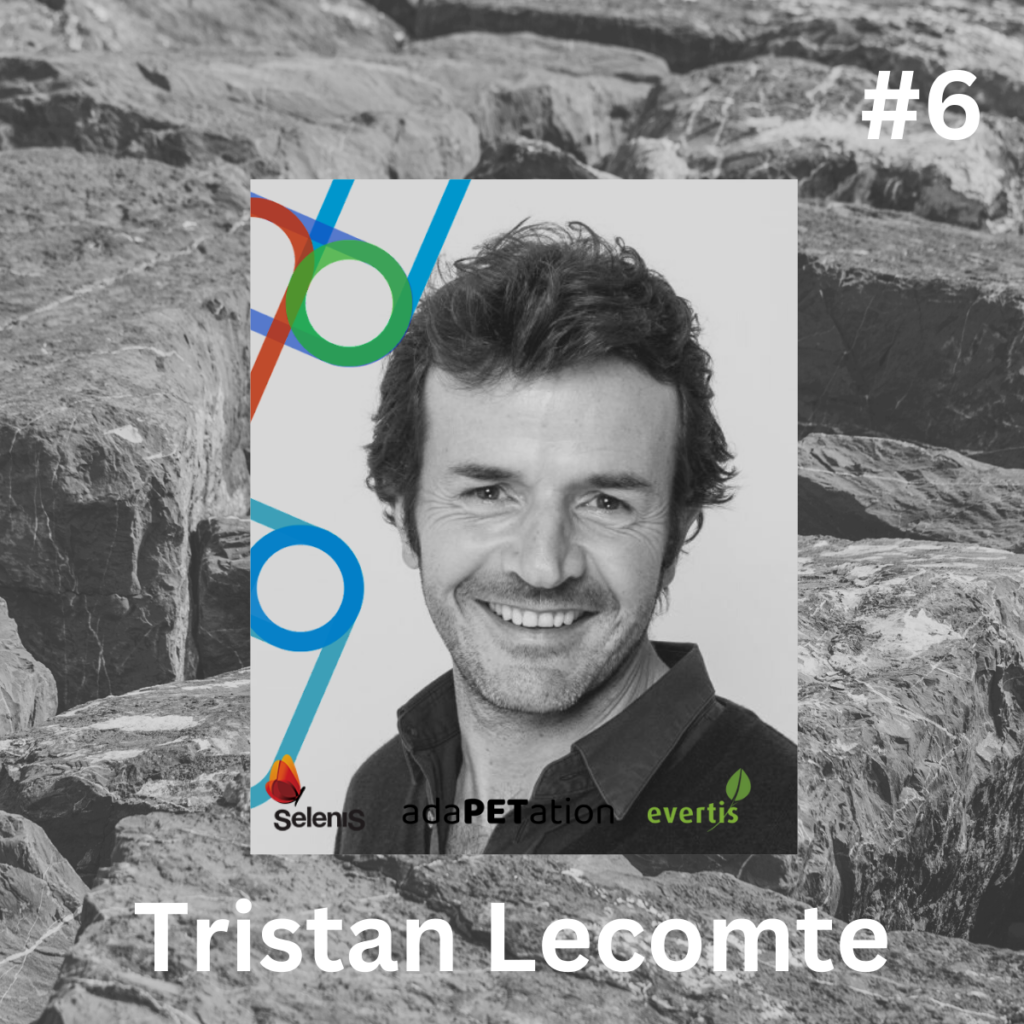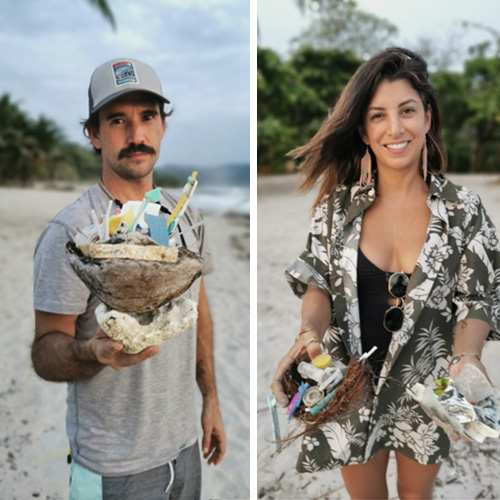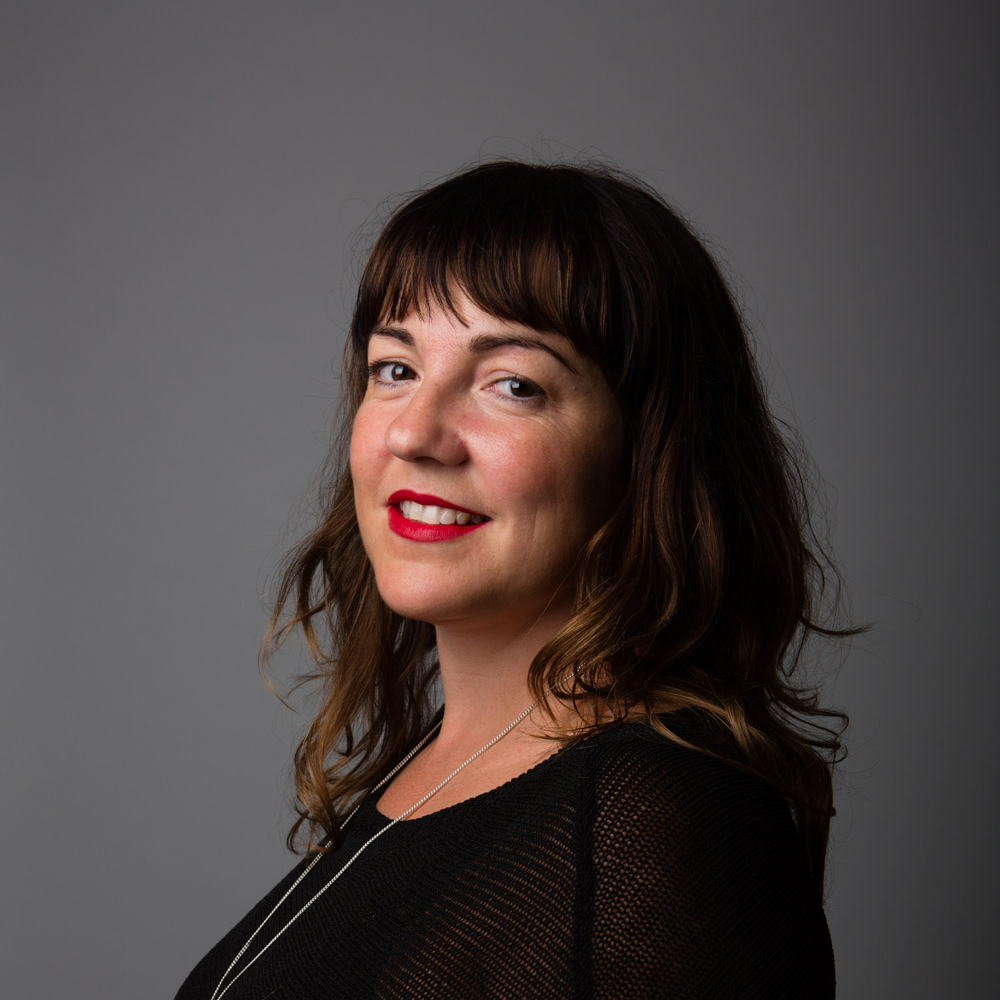
Tristan Lecomte, founder of the Thailand-based cleanup operation, Second Life, and regenerative network, PUR Projet has planted more than 20 million trees and now he wants to bring the same offsetting approach to finance cleanup operations across the world.

Giving plastic polluting corporations a chance to finance cleanups and contribute to closing the loop on plastic waste, Second Life is innovating with the world’s first plastic offsetting credit certified by Verra.
By bringing the carbon offsetting playbook to fight the issue of plastic waste in the world’s oceans, the Thailand-based company is paving a clear pathway for beach cleanup operations in those countries worst affected by plastic waste.
Enjoy five minus with Second Life founder Tristan Lecomte.
FIVE MINUTES WITH TRISTAN LECOMTE
How did your team’s discovery come about – could you talk us through the developments that led to it?
So actually I started 27 years ago. I founded a fair trade and organic company called Ultra Eco Importing and Distributing Organic and Fairtrade products. And based on this experience, I started to plant trees within our supply chains to offset our footprint. What would later become the concept of inserting, meaning offsetting the climate footprint of a company within its value chain? And by doing it within my trade company, I was asked by multinationals to do it in their own supply chain. And so that’s why I founded Pur Projet 14 years ago. And then more recently, three years ago, one of our client, Caudalie, it’s a cosmetic brand in France, asked us, Could you do a project like that for plastics, meaning helping them to reduce and to neutralize their plastic footprint by helping people, disadvantaged people in deficient countries to collect the plastic and to recycle it. And so that’s why I founded Second Life two years ago, to answer the stakes for corporations who want to reduce and as well neutralize their plastic footprint, meaning that they want to extend their responsibility. And funding countries where plastic pollution is an issue. Circular economy projects that allow disadvantaged communities, for example, on islands or remote coastal areas where the plastic issue is the most critical. And you know that ocean plastic is a big issue. And so that’s why we’ve decided to focus on coastal areas in deficient countries. So we started in Thailand and Indonesia thanks to the support of Caudalie and then other companies who have joined.
What problem are you and your team solving?
So the plastic standard is a copy paste from the carbon standard. The methodology we use when we value the carbon stored by trees is about the same as the one we use for collecting plastic and valuing the benefits generated. It’s as well. It’s the same standard that has developed both methods. It’s called Vera. And so we see these activities as complementary on the land, planting the tree and conserving forest and developing regenerative agriculture for the ocean, starting by polluting with ocean plastic, which is a major threat to marine life and human life because we consume the fish. So on average, a human consumes the equivalent of a credit card of plastic per week in microplastics. You know, it’s a huge problem that we don’t see that much for now, but most probably we will see more and more diseases and issues coming up from the general plastic pollution that we find everywhere. There has even been plastic found in the rain, I mean, in newborn babies. So it’s really a critical issue that we have to start solving. And it’s a huge issue because every year 13 million tonnes of plastic end up in the ocean. So it’s a big, big problem and most of it is coming from Asia, in from Asian countries.
For each tonne of plastic that the company wants to neutralize, they pay us €500 and we keep 30% of that. So we keep €150, and then we invest €350 to pay the informal collectors on the beaches. People who are very poor usually, and who collect the plastic. We incentivise them to collect more plastic and not to burn it because normally they only collect the recyclables, but we pay for everything so they can collect all the types of plastic they find on the beaches. And then we pay them for transporting. We then pay a regional collector for sorting, cleaning and ensuring that then this plastic is transported to a compounder who will transform it into pellets so that it can be reused for recycling.
What challenges do you currently face? What obstacles are there to being able to offer your solution at scale?
The certification there has been a big challenge because it’s very demanding. And so that was a big challenge. But now that we are certified on the project side, we’ve been, I think, quite lucky. We found a model that works quite well. People are very excited when we say that we buy all the plastic you can find on the beach, even the one that has no value. So it creates a great momentum and great motivation. Today. Our main challenge is to find more clients, more companies and people who will contribute, because there is a lot of demand from collectors who want to collect more plastic and sell it to us. But there is not as much commitment from companies and people so far. There is great interest in this field, but there is not much engagement so far. So people and companies need to get more engaged.
Our priority today is to find companies to fund more volumes. You know, this is our priority. WITH Thailand, we can already go up to 50,000 tons. After 14 years, Pur Projet has developed a network with 40 projects in 40 countries and we’ve planted 20 million trees. So it’s still a drop in the ocean because 10 million trees are cut every day. So in 14 years, we offset only two days of deforestation. We would need to have 33,000 companies to really tackle climate change and deforestation. So it’s a big thing. And for ocean plastic, it’s about the same. Even if, let’s say in ten years we collect 100,000 tonnes it means we will work in four countries and develop sales of €50 million per year. But if we collect 100,000 tonnes, it will still only be 1% of what is going every year into the ocean and within ten years, maybe there will be even more going into the oceans. So we would need 100 companies like Second Life to tackle ocean plastic. So there is a lot of innovation that can be done. And whether it’s climate or plastic or any kind of pollution. Actually, it’s a great invitation for people to create their own companies or for companies to create more jobs because it’s an opportunity for innovation. That’s how I see it. So of course, climate change and plastic pollution is horrible, but as well, it’s an opportunity for people to innovate, to engage and to create value and jobs. As you know, environmental activities, especially the ones we develop, are very social. We work with small scale farmers for purposes or with informal collectors on the beaches with Second Life. So it’s really, really poor people. And to us, to us, the projects are as much social as they are environmental and both are related.
VOTE FOR TRISTAN LECOMTE
Want to show your support for the amazing work being done by Tristan Lecomte? Take a minute to show your support for him and Second Life.
NOMINATE YOUR PET HERO
Tell us what you think of our list of PET Heroes 2023 and recommend inspirational leaders coming up with the best solutions to systemic issues surrounding plastic.
Share This Article
The Other PET Heroes & Useful Links
THE HISTORY OF PLASTIC
Throughout the history of plastic, PET has been crucial in keeping food fresh with lightweight and durable packaging solutions that have helped reduce food waste for almost a century. Learn all about the invention of plastic and the important role it has played feeding people and saving the lives of humans and elephants in the adaPETation® timeline of the history of plastic.





